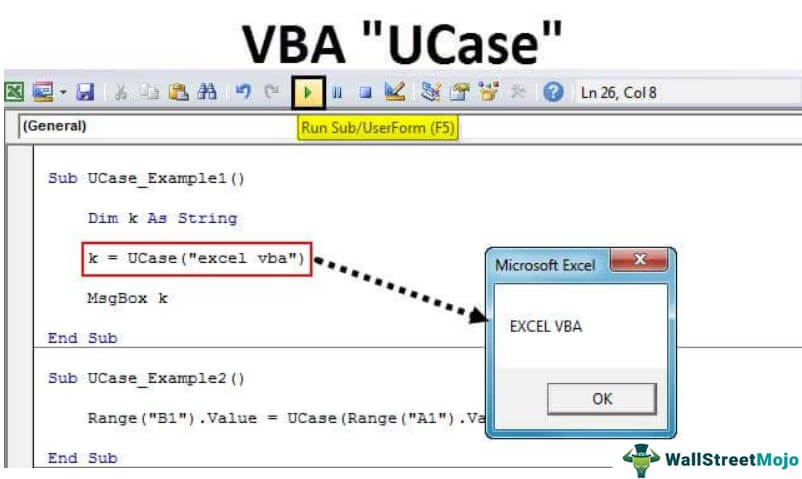

Now, fill down the formula in the new column. Use =UPPER(A2) in cases where you need to convert text to uppercase, replacing A2 with the appropriate cell reference. To convert the text to lowercase, type =LOWER(A2) instead. This formula converts the name in cell A2 from uppercase to proper case. In cell B2, type =PROPER(A2), then press Enter. In this case, we’ve added a new column (B) to the right of the Customer Name column. In the example below, the PROPER function is used to convert the uppercase names in column A to proper case, which capitalizes only the first letter in each name.įirst, insert a temporary column next to the column that contains the text you want to convert. Functions are just built-in formulas that are designed to accomplish specific tasks-in this case, converting text case. However, you can use the UPPER, LOWER, or PROPER functions to automatically change the case of existing text to uppercase, lowercase, or proper case. Unlike Microsoft Word, Microsoft Excel doesn't have a Change Case button for changing capitalization.
#Excel force uppercase in cell for mac#
Try to make references relative in order to copy the same functionality to other cells.Excel for Microsoft 365 Excel for Microsoft 365 for Mac Excel for the web Excel 2021 Excel 2021 for Mac Excel 2019 Excel 2019 for Mac Excel 2016 Excel 2016 for Mac Excel 2013 Excel for iPad Excel for iPhone Excel for Android tablets Excel 2010 Excel 2007 Excel for Mac 2011 Excel for Android phones Excel Mobile More. You can convert any text into Upper case, Lower case, Proper case (also called.
#Excel force uppercase in cell how to#
C2) when you copy formulas and leaves absolute references (e.g. In this tutorial, I will show you how to change text case in Google Sheets. Excel updates the relative references (e.g. If we assume our cell reference is C2, then the formula should be:Īn important thing to note here is that the formula's absolute/relative states for references. The UPPER function essentially converts a string into all uppercase characters. We can use the EXACT function to compare the cell value with its uppercase version using the UPPER function.

It compares two string values and returns TRUE if they are the same, and FALSE result if they're not. The EXACT function can validate a string and check whether it's uppercase or not. If the formula returns TRUE, validation will pass, if the formula returns FALSE, then validation will fail. Using formula support, you can apply validation based on the output value of a formula. Selecting Custom in the Allow dropdown shows the Source input where you can enter formulas. While built-in options can cover most scenarios, the tool also allows you to create your own rules using formulas. Click OK to continue and apply your settings.Įxcel's Data Validation feature is a great tool to ensure that users enter the correct type of values.Type in your formula into Source =EXACT(C2 ,UPPER(C2)).Open the Data Validation window by clicking DATA > Data Validation.Begin by selecting the input cell (e.g.=EXACT( cell reference ,UPPER(cell reference )) Steps Let us show you how to allow Excel uppercase characters only, using Data Validation. In addition to built-in rules, like size of a number or length of a text, you can define your own rules in a Custom fashion. It’s often a good idea to use Data Validation feature to limit user errors and streamline data entry process.


 0 kommentar(er)
0 kommentar(er)
